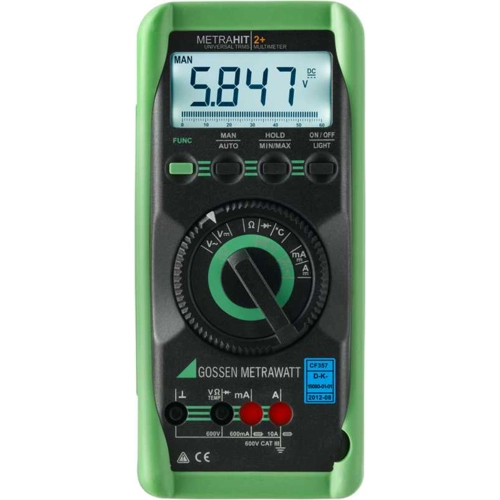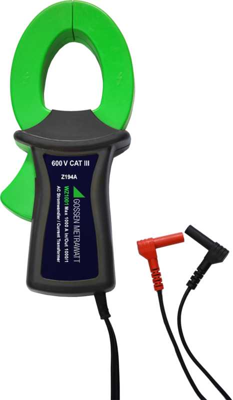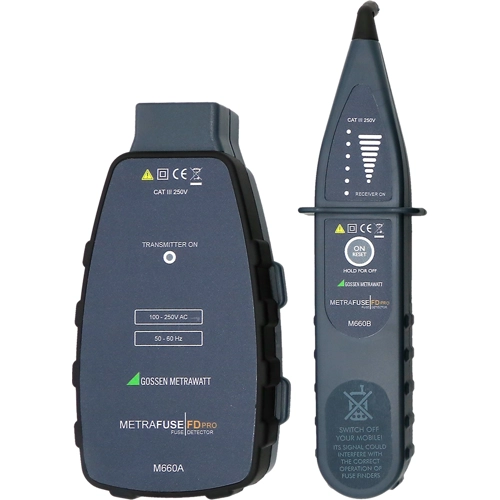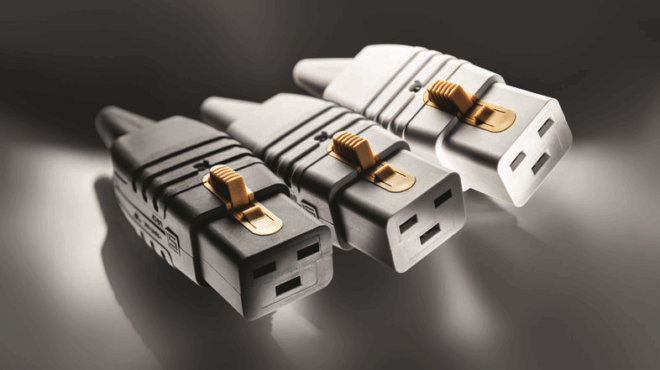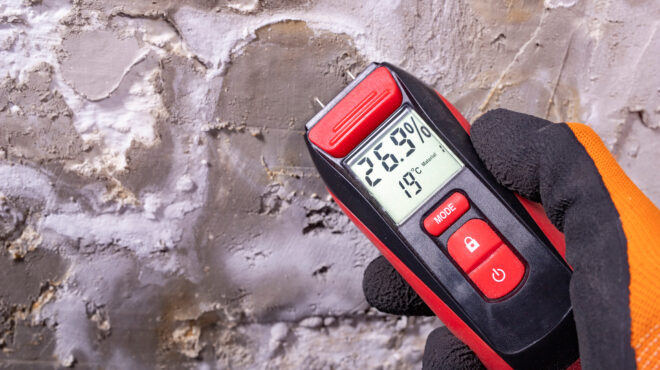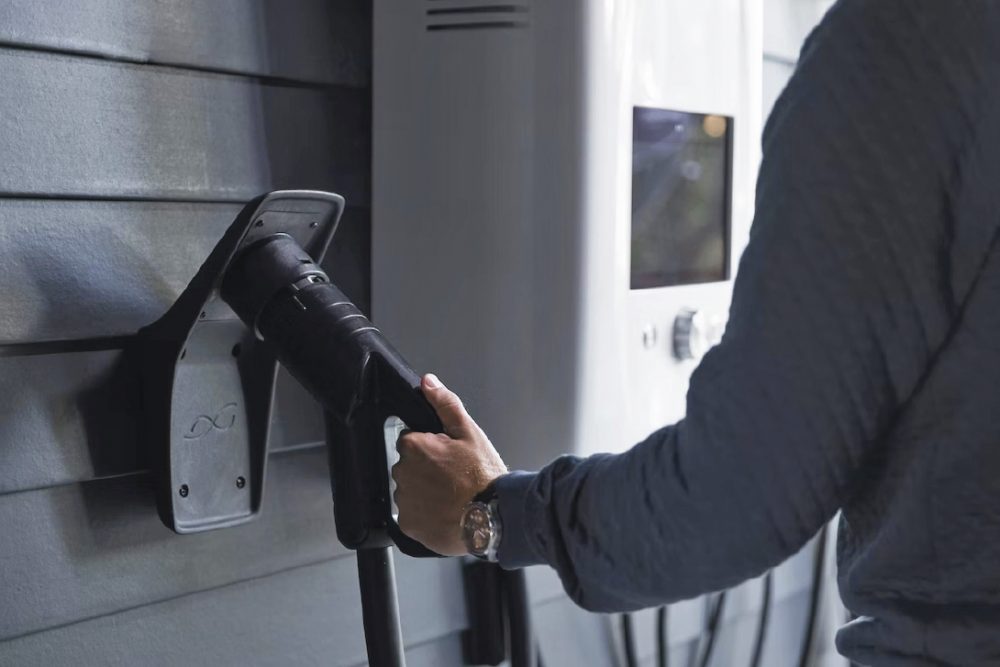
Anatomy of a Wallbox: The Technology behind EV Charging Stations
Wallboxes will play a primary role in electric vehicle charging technology in the future. The wall-mounted charging stations make it possible to charge e-vehicles faster and easier. But what is the technology behind it exactly? In this magazine article, we take a closer look at the technical components of a wallbox.
Electrical engineering: the technical components of EV charging stations
A wallbox consists of several technical components that work together to enable safe charging of the electric vehicle.
Here is an overview of the most important components of the wallbox:
Residual current circuit breaker
The safety equipment of the wallbox ensures safe and reliable charging. With the help of this system, for example, damage to the battery is to be prevented. The most important element is the residual current circuit breaker. Its task is to check the incoming current from the grid and register fault currents if necessary. In the event of faults or the occurrence of an AC fault current, the RCD switches off the power supply as a precaution.
Installation contactor
After passing the RCD, the current flows through the so-called installation contactor. This is a remote on/off switch that can start or stop the flow of current.
Phase current detection
Basically: the specifications of the power grid operators state that a building current must consist of three phases to ensure a balanced condition. Phase current detection ensures that none of the three current phases is overloaded, which could cause the power grid to become unstable. This control system thus specifically monitors the power supply and ensures that the plug does not draw too much current from a single phase. If this does occur, a command is sent to the installation protection system and the charging process is aborted.
EVCC
The so-called Electric Vehicle Charge Controller (EVCC) ensures smooth communication between the phase current detection and the DC fault current modules. If the system is in operation and the processes take place smoothly, the charging process is enabled via the installation protection system.
DC residual current module
The AC current coming from the power grid is not converted to DC current in the wallbox, but in the electric vehicle itself. The task of the DC fault current module is to protect the wallbox, but also the household technology, from fault currents caused by the EV.
Energy meter
The built-in energy meter measures the kWh consumption, that is, the amount of electricity that was fed in during charging.
The logging gateway
The values obtained by the energy meter are stored in signed form by the so-called logging gateway. The concrete benefit: The system thus guarantees operation in compliance with the calibration law.
Emergency capacitor
Should a power failure occur during the charging process, the plug interlock remains active. This means: The charging cable cannot be removed. Only the emergency capacitor makes unlocking possible and thus putting the vehicle into operation.
Wallboxstecker & -steckdosen
The plugs and sockets used with the wallbox must meet special parameters and convince with robustness and quality. To consider when buying: The respective plug must be compatible with the charging station.
There are a large number of different plug types on the market. In Europe, the so-called CCS connector has become established. Important to know for the charging process: The plug selected ultimately also influences the duration of the charging process.
The future of charging technology for EVs & others
A wallbox is a charging station for electric vehicles that is mounted on a wall. It consists of complex technical components that are optimally coordinated to ensure reliable and safe charging.
The robustness and quality of the components used are essential for the functionality of the wallbox: The complexity of the technology used requires particularly careful manufacturing. Bürklin Elektronik relies on the expertise of well-known partner manufacturers who are constantly developing their products to meet the quality demands of users.

